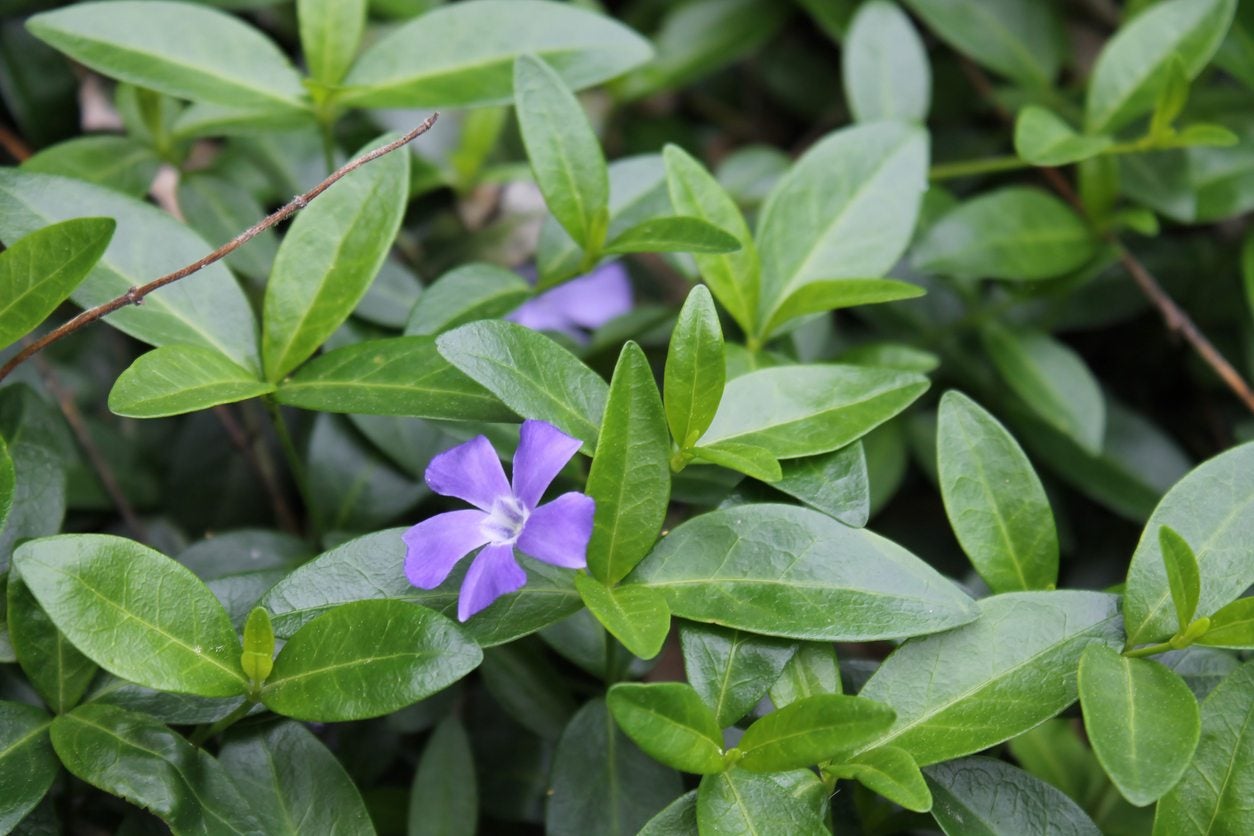Hardy Ground Cover Plants – Planting Ground Covers In Zone 5


Zone 5 can be a tough planting zone for many plants. The temperatures can dip below -20 degrees Fahrenheit (-29 C.), a temperature to which many plants can't adapt. Zone 5 ground cover plants are a great way to keep the soil warm around the roots of other plants.
Planting ground covers in zone 5 also helps conserve moisture in summer, reduce weeds, and add seamless beauty in broad, colorful swathes across the landscape. Read on for some hardy ground cover options for your northern garden.
Hardy Ground Cover Plants
Ground cover choices must take into account the site drainage, exposure, soil type, and, of course, the USDA hardiness zone. Other options such as deciduous vs. evergreen, woody vs. herbaceous, and flowering or fruiting are also part of the equation as you assess your ground cover choices.
Finding the perfect ground cover for zone 5 must take all these into consideration while providing outstanding cold hardiness. Luckily, there are a host of wonderful plants that can provide varying functions and eye appeal that thrive in chilly winter climates.
In zone 5, hardy ground cover plants undergo punishing winters with not only cold temperatures but often high damaging winds and brutally hot summers. These extremes require only the toughest plants in order to survive.
Evergreen plants offer year-round color and texture. Some of the low-growing conifers are perfect as ground covers. For example:
- Many of the juniper species are hardy to zone 3 and grow just 6 to 12 inches (15-30.5 cm.) off the ground with a spreading habit.
- Kinnikinick, or bearberry, is a wonderful ground cover for zone 5, with attractive berries that attract birds and foliage that tends to get a reddish-purple tinge at the edges as fall enters.
- Creeping cotoneaster produces bright, red berries; delicate, glossy foliage; and a low profile.
- Another evergreen, spreading plant is wintercreeper (Euonymus fortune), which comes in several colors.
Each of these is also low maintenance and easy to care for once established. If you want rich, jewel tones and springtime glory spread across the landscape, there are even more zone 5 ground cover plants.
Sign up for the Gardening Know How newsletter today and receive a free copy of our e-book "How to Grow Delicious Tomatoes".
- Blue star creeper is practically indestructible. You can even walk on this plant with no damage, making it great as a lawn substitute. It produces sweet, little, starry flowers all through spring.
- Try growing herbs, like creeping thyme, or succulents, such as sedum or hens and chicks, that will add interest to the garden.
- Ice plant lives up to its name by surviving into zone 3 and putting on a color show of the most vibrant pink flowers.
Additional ground covers that will all keep the colors coming from spring through summer include:
Planting Ground Covers in Zone 5 Shade
Add extreme winters to a shady location, and you have a problem area. It can be difficult to find shade-loving plants in warmer regions but the special challenges of a zone 5 location make the task especially difficult.
Fortunately, there are some heroes among plants that will thrive in low-light locations of zone 5. Pachysandrais a really outstanding plant with delicate leaves and a flair for flourishing in shade. Lady's mantle forms dense mats over time and has elegant foliage.
Many grass-like and ferny plants are useful in full shade locations. Black mondo grass and liriope produce blade-like foliage and have ease of care. Brass buttons and corydalis have fern-like foliage in hues of bronze, green, and eggplant.
Japanese painted ferns have numerous colors in the leaves and airy foliage. Other alternatives for shade areas might be creeping dogwood or wintercreeper. Each has a different season of interest all year around.
Zone 5 options abound for ground covers. All you have to do is look and plan ahead for a blanket of texture, greenery, fruit, flowers, and color.

Bonnie Grant is a professional landscaper with a Certification in Urban Gardening. She has been gardening and writing for 15 years. A former professional chef, she has a passion for edible landscaping.